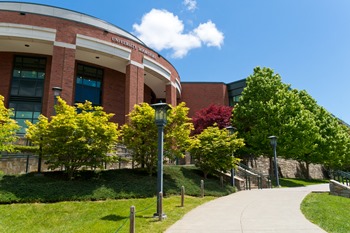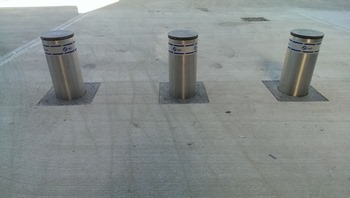 University campus security can be a difficult challenge to overcome. With hundreds of students coming and going around campus, it is crucial that sufficient security measures are in place. Here we discuss some of the best ways to approach campus security challenges and what measures should be enforced.
University campus security can be a difficult challenge to overcome. With hundreds of students coming and going around campus, it is crucial that sufficient security measures are in place. Here we discuss some of the best ways to approach campus security challenges and what measures should be enforced.
STEP 1: Define the problem & Identify Potential Issues
Before investing in more security solutions, it is of upmost importance that all potential threats are considered. The region and demographics of the campus and threat type should be considered. Identify the trends you are experiencing before thinking about which security measures will be best for each of them.
STEP 2: Implement Security Measures
Here are just some of the methods which have proven to be successful for improving university campus security. Use the information you have collated from step one to tackle the campuses specific problems and risks.
• Access Control– Using access control has been proven to be an effective form of security on campus. Each student usually has an ID badge which provides them access to specific buildings. These not only help identify students, they can provide a sense of protection. An electronic visitor management system should also be considered to keep track of all visitors and people on campus.
• Turnstiles-Turnstiles can be extremely effective, especially when teamed up with access control equipment. Having these together, can stop the risk of tailgating and help ensure that only authorised people can enter.
• Bollards– Bollards can successfully protect both vulnerable buildings from damage but also protect pedestrians. Having bollards strategically located throughout the campus can help reduce the risk of accidents from vehicles as they do not allow cars to enter and helps indicate to students and staff where the designated pedestrian areas are with ease.
• Sufficient Lighting– There have been many studies that highlight the importance of lighting as a security measure. Not only does sufficient lighting automatically make people feel safer, but the light also helps identify any criminals or potential criminals more easily when caught on CCTV and can help act as a deterrent.
• Barriers- Barriers at the entrances of University campuses can be extremely effective. Especially if they are teamed up with manned security. Having these measures in place from the beginning helps ensure the correct people are let on to campus.
• Training Courses- Although all the measures mentioned above can be successful, it is crucial that everyone is aware of these security measures and understand the importance of them. Therefore students and staff alike should have security training courses if possible to help them stay safe as well.
STEP 3: Measure effectiveness and continue to measure and adapt
Once you have adopted a strategy the work has not finished. To ensure that it will continue to be effective you must measure the results. If the results are negative, amend your strategy accordingly. Building a university campus that is as safe as possible is a continuous process and will always be adapting and changing.
Here we have discussed the steps needed to approach campus security challenges. A combination of security measures will ensure a 360 holistic security approach that can be extremely robust. However, the important thing to remember is to always measure the impact these security methods have and change and amend wherever necessary.
What’s Next?
To find out more about how security can be used successfully on an University campus , please contact us on 01522 682255 for a free, no-obligation quotation and feasibility survey to assess your perimeter security equipment.


Recent Comments